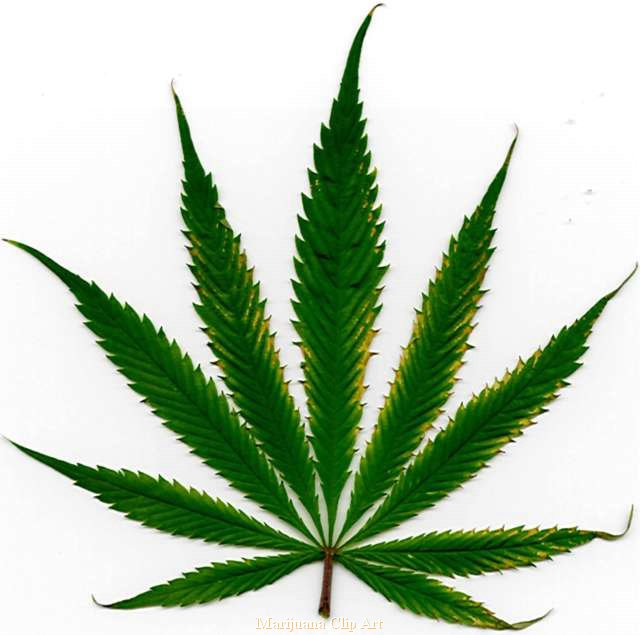 Medicinal use of marijuana has an extremely long history of therapeutic use, going back several thousands of years. It was often used for the same medical conditions it is used to treat today such as muscle spasms, pain, nausea, vomiting, epilepsy, and glaucoma. However, problems with memory and learning, distorted perception (sights, sounds, time, touch), trouble with thinking and problem solving, and loss of motor coordination limited the widespread use of marijuana for medicinal purposes, so due to adverse psychological effect, the use of marijuana was banned in the U.S. almost 80 years ago.
Medicinal use of marijuana has an extremely long history of therapeutic use, going back several thousands of years. It was often used for the same medical conditions it is used to treat today such as muscle spasms, pain, nausea, vomiting, epilepsy, and glaucoma. However, problems with memory and learning, distorted perception (sights, sounds, time, touch), trouble with thinking and problem solving, and loss of motor coordination limited the widespread use of marijuana for medicinal purposes, so due to adverse psychological effect, the use of marijuana was banned in the U.S. almost 80 years ago.
At the second half of the 20th century, researchers discovered that the pharmacological actions of marijuana are mediated mainly by Δ9-tetrahydrocannabinol (THC), cannabidiol (CBD), and cannabinol (CBN), a group of chemicals collectively called cannabinoids. While the psychological actions of marijuana are known to be mediated by THC, the pharmacological effects of cannabidiol and cannabinol and the individual contributions of these chemicals to the overall actions of marijuana remain currently unknown.

A recently published study by Schmid College of Science professor Keung-Hang (Susan) Yang, Ph.D., and her colleagues in the prestigious Journal of Pharmacology and Experimental Therapeutics provides clues for the first time that CBD potently inhibits the activity of a neurotransmitter receptor linked closely to treatment of emesis and vomiting. In fact, the inhibitors of this receptor, serotonin type 3 (5-HT3), are currently used as one of the most effective drugs in treatment of emesis and vomiting due to chemotherapy as cancer treatment and post-operational conditions. Although marijuana was known for centuries to have therapeutic actions against emesis and vomiting, its use has so far been fairly limited due to undesirable psychological actions of the THC.
This study by Dr. Yang and her colleagues indicates that CBD alone can be potentially used in treatment of these pathological conditions, and provides a mechanism for the actions of CBD.




[…] Article originally available at: http://chapmannews.wordpress.com/2010/03/01/professors-research-sheds-new-light-on-medical-marijuana… […]